Transfollicular enhancement of gel containing cationic niosomes loaded with unsaturated fatty acids in rice (Oryza sativa) bran semi-purified fraction
June 2012
in “European Journal of Pharmaceutics and Biopharmaceutics”
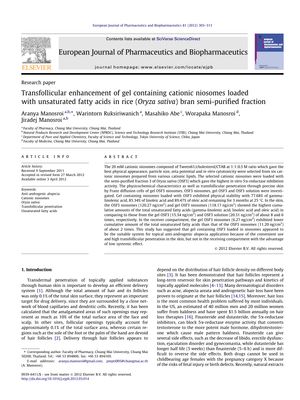
TLDR The gel with special fat-loaded particles from rice bran could be an effective skin treatment for hair loss.
The study explored the use of a gel containing cationic niosomes loaded with unsaturated fatty acids from a semi-purified fraction of Oryza sativa (OSF3) for treating androgenic alopecia. The researchers selected the best cationic niosomes based on their physical properties, particle size, zeta potential, and in vitro cytotoxicity. These niosomes were loaded with OSF3, which exhibited high in vitro 5α-reductase inhibition activity. The gel with OSF3-loaded niosomes showed physical stability, high transfollicular penetration through porcine skin, and 8 to 6 times higher cumulative amounts of unsaturated fatty acids compared to other formulations. The gel also demonstrated lower systemic absorption, indicating its suitability for topical application with minimal systemic effects. The study concluded that the gel containing OSF3-loaded niosomes could be an effective topical treatment for anti-androgenic alopecia. Additionally, CTAB niosomes were found to be particularly effective in enhancing the stability and transfollicular delivery of unsaturated fatty acids, with gamma-linolenic acid showing better penetration through hair follicles. The gel OSF3 niosomes were stable, had low toxicity on human skin fibroblasts, and were deemed to have potential for development as an anti-androgenic alopecia product.
View this study on doi.org →
Cited in this study
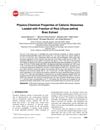
research Physico-Chemical Properties of Cationic Niosomes Loaded with Fraction of Rice (Oryza sativa) Bran Extract
Niosomes with rice bran extract could be useful for anti-hair loss products.
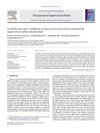
research 5α-Reductase type 1 inhibition of Oryza sativa bran extract prepared by supercritical carbon dioxide fluid
Rice bran extract might help prevent hair loss.
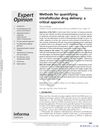
research Methods for quantifying intrafollicular drug delivery: a critical appraisal
The document concludes that there is no agreed-upon best method for measuring drug delivery within hair follicles and more research is needed to validate current techniques.
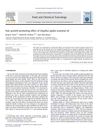
research Hair growth promoting effect of Zizyphus jujuba essential oil
Zizyphus jujuba essential oil can promote hair growth.
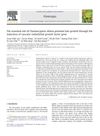
research The essential oils of Chamaecyparis obtusa promote hair growth through the induction of vascular endothelial growth factor gene
Essential oils from Chamaecyparis obtusa may help hair grow by increasing a growth-related gene.
research Comparison of two in vitro models for the analysis of follicular penetration and its prevention by barrier emulsions
Pig ear skin is better than human skin for testing how well barrier creams block allergens from entering hair follicles.

research Formulation and in vitro assessment of minoxidil niosomes for enhanced skin delivery
Niosomes improve minoxidil skin delivery for hair loss treatment.
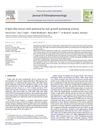
research Eclipta alba extract with potential for hair growth promoting activity
Eclipta alba extract may help hair grow similarly to Minoxidil.
research Follicular transport route – Research progress and future perspectives
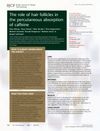
research The role of hair follicles in the percutaneous absorption of caffeine
Hair follicles significantly increase the speed and amount of caffeine absorbed through the skin.

research Enhancement of follicular delivery of finasteride by liposomes and niosomes
Liposomes and niosomes improve finasteride delivery for hair loss treatment.
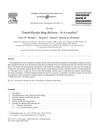
research Transfollicular drug delivery—Is it a reality?
Hair follicles may soon be used more for targeted and systemic drug delivery.
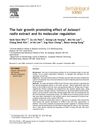
research The hair growth promoting effect of extract and its molecular regulation
Asiasari radix extract promotes hair growth and increases protein synthesis and cell proliferation.
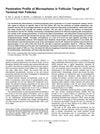
research Penetration Profile of Microspheres in Follicular Targeting of Terminal Hair Follicles
Microspheres about 1.5 micrometers in size can best penetrate hair follicles, potentially reaching important stem cells.
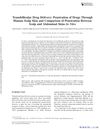
research Transfollicular Drug Delivery: Penetration of Drugs Through Human Scalp Skin and Comparison of Penetration Between Scalp and Abdominal Skins In Vitro
Drugs penetrate scalp skin better than abdominal skin, with scalp hair follicles aiding in higher drug delivery.